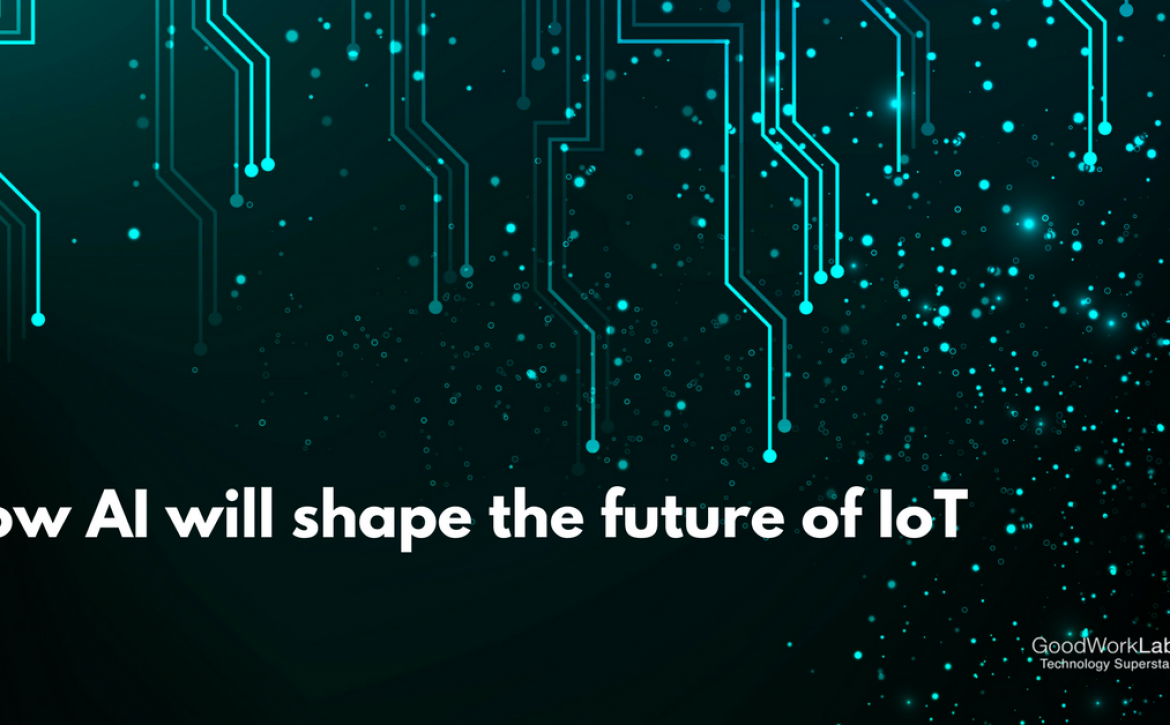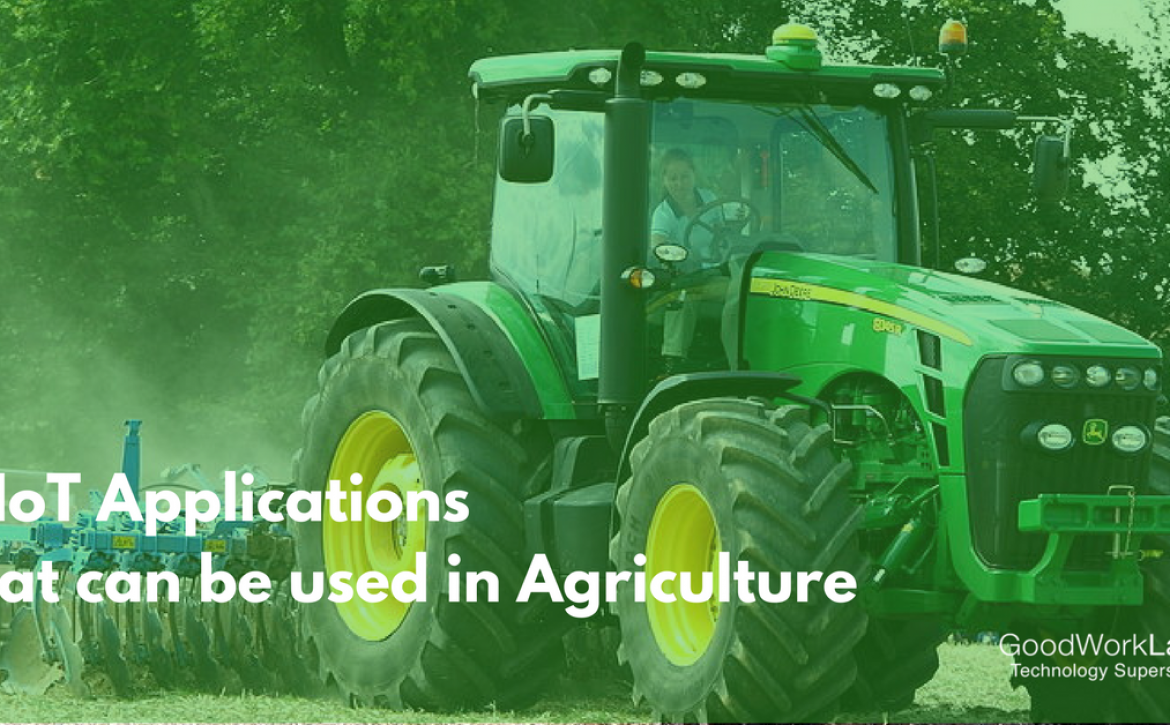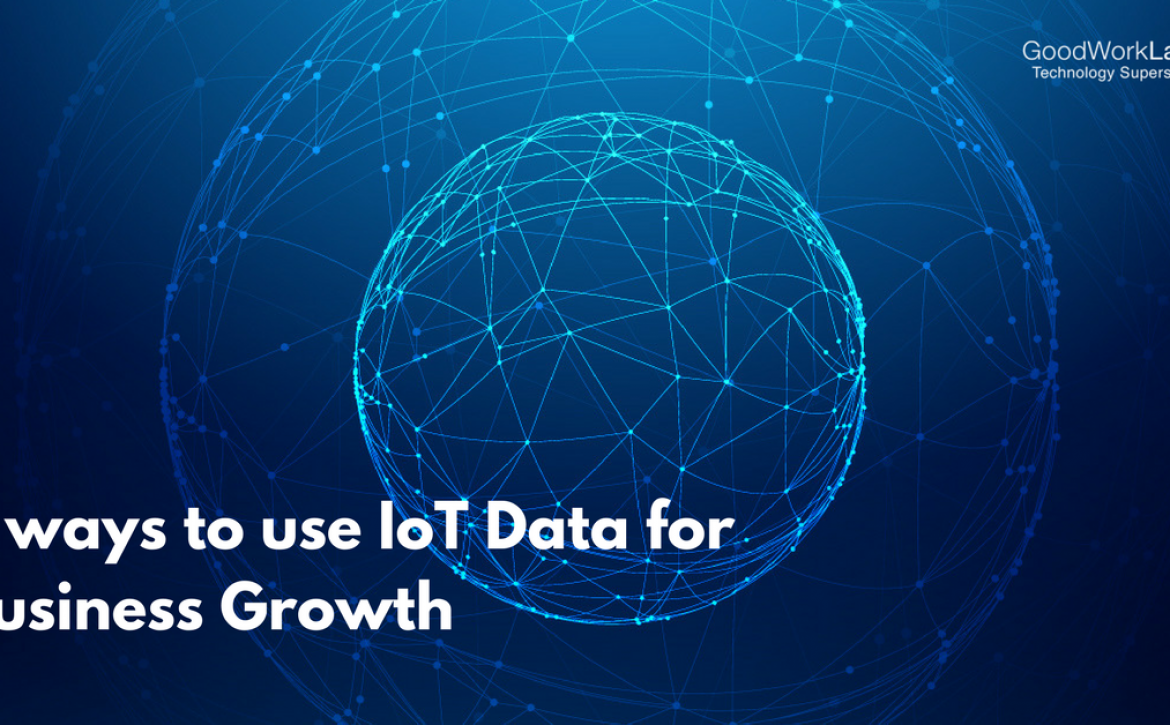4 Best Practices to follow in IoT Product Design
4 IoT Product Design Best Practices Worth Knowing
The Internet of Things has revolutionized our generation, blessing us with products that simplify our day to day lives. Ever since IoT became a success, all major brands want to launch their own IoT products into the market and compete with rivals to determine whose device is the best.
Take the case of Google and Amazon who are competing over which smart home device works the best; the Google Home or Amazon’s Alexa. Both have similar functions and usability but are always at loggerheads about efficiency and quality.
There are many components that go into a viable IoT product design. Right from embedded electronics and software, to sensors, actuators, and connectivity, the overall product design needs to account for a lot of aspects. This way, they can work well with human-to-machine and machine-to-machine interactions. Want to know what these key aspects are? Then read on and find out more
1. Emphasis on value
Emphasis should always be on quality research data before anything else. The research team needs to dig deep into user behaviors and patterns in order to come to conclusions. If the designs are groundbreaking, they reach an unbeatable quality that will become hard to match, thus delivering a well-crafted product to the market. And if R&D is done well, your product design has a higher likelihood to stand out from other similar products.
2. Architecture Security
Since IoT functions in real-time, developers need to keep security at the utmost priority. Because these devices are dealing with private user information like addresses, payment information, real-time locations and phone numbers.
If there happens to be a data breach or a hack into the device software, all this private information can go public or in the wrong hands, thus endangering the user as well as tarnishing the company name.
3. Taking context into consideration
An IoT device is such that it works around the clock. So it should be designed to perform well in the background rather than being in front of the user because it can be quite annoying at times. Commands given through digital boundaries may produce real-world effects, but unlike digital commands, the actions happening in the real world cannot necessarily be nullified.
IoT devices should also be of weatherproof design. Come rain or sunshine, the device should be able to sustain in any climate. Having a robust IoT design will give the product a cutting edge over competitor’s products.
4. Responsible data usage
As a device connected to the internet, it is obvious that a lot of data will be generated over time. But, it is important not to pile up that data, instead generate data that is relevant to the user. It is essential for a designer to keep in mind the prowess of data science and what to do to generate the relevant actionable insights for stakeholders.
Data science offers a lot of opportunities to make sense of the patterns and trends behind the numbers and separate the valuable insights from the seemingly mind-numbing data deluge.
To wrap up
If these 4 points are taken into consideration, one can surely succeed at launching a successful IoT device into the market. The prospect of IoT and the role that digital design will play is about empowering users to find data in ways that previously required a lot of effort to find out. Developing an IoT product is not about being economical but about gaining a level of proficiency that will benefit everyone.























